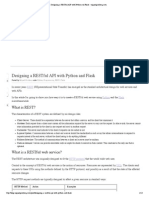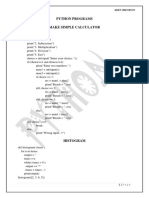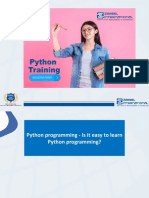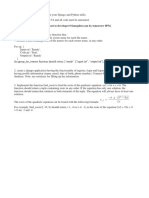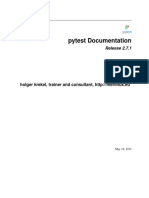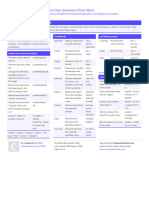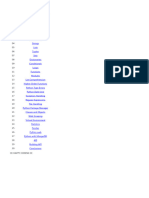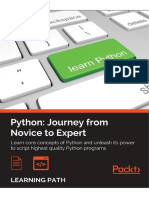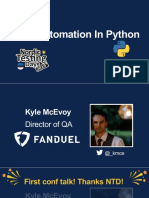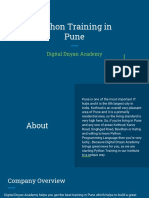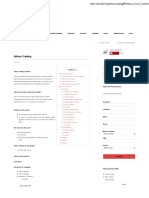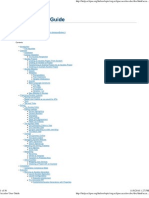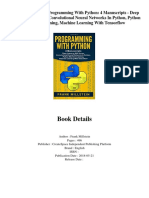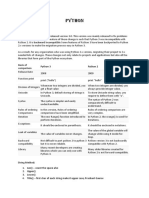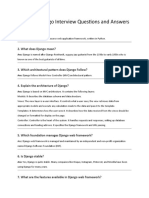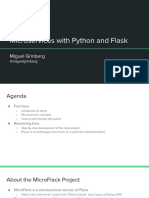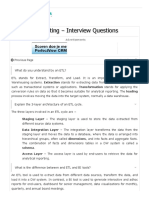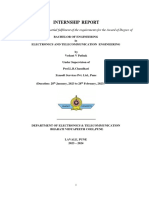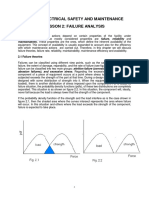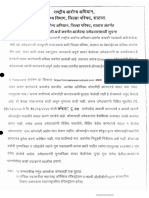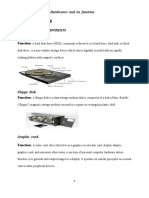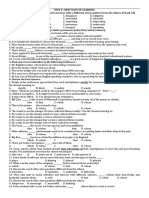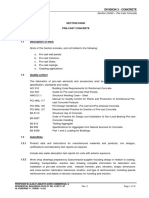0% found this document useful (0 votes)
204 views6 pagesApi-Demo: Platform-As-A-Service (Paas) Based Solution
This document summarizes a sample Python Flask microservices API. It includes two tiers: an application tier implemented with Python and a persistence tier using a relational database. The API uses Flask, Flask-RESTPlus, Flask-Alchemy and Pytest. It supports platform-as-a-service and Docker deployment. The code is organized into core, business logic and API layers for scalability and extensibility. Continuous integration is set up with Travis CI running tests and uploading coverage reports to Codecov.
Uploaded by
Ivan GeorgievCopyright
© © All Rights Reserved
We take content rights seriously. If you suspect this is your content, claim it here.
Available Formats
Download as PDF, TXT or read online on Scribd
0% found this document useful (0 votes)
204 views6 pagesApi-Demo: Platform-As-A-Service (Paas) Based Solution
This document summarizes a sample Python Flask microservices API. It includes two tiers: an application tier implemented with Python and a persistence tier using a relational database. The API uses Flask, Flask-RESTPlus, Flask-Alchemy and Pytest. It supports platform-as-a-service and Docker deployment. The code is organized into core, business logic and API layers for scalability and extensibility. Continuous integration is set up with Travis CI running tests and uploading coverage reports to Codecov.
Uploaded by
Ivan GeorgievCopyright
© © All Rights Reserved
We take content rights seriously. If you suspect this is your content, claim it here.
Available Formats
Download as PDF, TXT or read online on Scribd
/ 6
